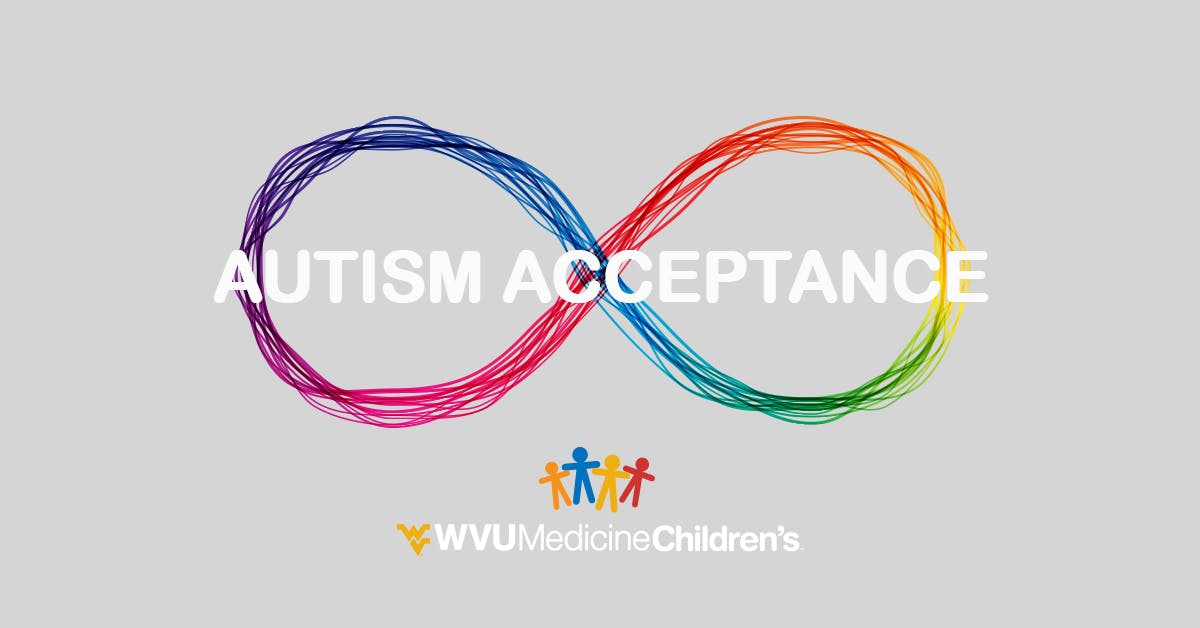Checking Out Autism: Approaches for Reliable Communication and Communication
Reliable communication and interaction with individuals on the autism range require a comprehensive understanding of their one-of-a-kind demands and preferences. The intricacies of these strategies expose more factors to consider that merit expedition, especially in just how they can be adjusted to individual experiences and varied contexts.
Comprehending Autism Range Condition
Autism Spectrum Condition (ASD) encompasses a series of neurodevelopmental problems defined by obstacles in social interaction, interaction, and repeated actions. The term "spectrum" shows the varied manifestations and differing levels of severity experienced by people with ASD. While some might exhibit considerable impairments, others may show high-functioning attributes, enabling higher freedom in day-to-day live.
The beginning of ASD typically happens in early childhood years, with indicators typically well-known by age 2. Early indicators may consist of postponed speech development, restricted eye get in touch with, and troubles in understanding social cues. The precise etiology of ASD remains uncertain, research study recommends a combination of hereditary and ecological elements plays a crucial role in its advancement.
As an outcome, treatments and support tailored to individual demands are vital for fostering interaction and social abilities. Recognizing the intricacy of ASD is vital for promoting understanding, acceptance, and efficient strategies that assist in meaningful interactions with individuals on the range.

Value of Clear Communication
Efficient interaction is important for cultivating understanding and connection, particularly for people with Autism Spectrum Problem (ASD) Clear interaction not just assists in social interactions but additionally boosts the person's capacity to share their ideas, needs, and emotions. For individuals with ASD, the subtleties of language can often be testing; as a result, using uncomplicated and unambiguous language is necessary.
Furthermore, clear interaction assists reduce frustration and anxiety that may occur from misconceptions. When messages are communicated in a regular and straight manner, people with ASD are better outfitted to interpret details precisely, which can significantly improve their social engagement and involvement in numerous settings.
Developing routines and utilizing visual assistances can further reinforce clear interaction. These techniques give people with foreseeable structures that aid understanding and retention of information. In addition, actively listening and being patient during communications advertises an encouraging atmosphere where people with ASD really feel valued and understood.
Eventually, focusing on clear interaction not only encourages individuals with ASD however additionally fosters more significant links with their peers, caretakers, and the wider area, paving the way for comprehensive interactions and collaborative connections. - autism
Non-Verbal Interaction Strategies
Interaction extends beyond words, and for individuals with Autism Spectrum Disorder (ASD), non-verbal cues play a substantial duty in communications. Non-verbal interaction strategies can consist of faces, gestures, body movement, and eye get in touch with, every one of which function as crucial parts for sharing intents and feelings.
Recognizing and analyzing these non-verbal signals can boost communications with people with ASD. A warm smile or open posture can develop an inviting environment, motivating interaction. Making use of aesthetic aids-- such as picture cards or icons-- can connect communication gaps and aid communicate messages much more effectively.
It is likewise essential to be mindful of individual area, as individuals with ASD might have different convenience degrees concerning proximity. Observing their responses to physical nearness can inform proper modifications.

Producing Supportive Settings
Producing a helpful environment is crucial for cultivating positive communications and improving the well-being of people with Autism Range Disorder (ASD) Such settings can substantially decrease anxiousness and produce a sense of safety and security, enabling people to reveal themselves more openly.
To achieve this, it is necessary to think about sensory sensitivities that people with ASD may experience. Customizing the physical space to consist of soft lighting, very little background sound, and comfortable seats can create a soothing atmosphere. In addition, using constant regimens and clear visual timetables can help people anticipate shifts and reduce uncertainty, more promoting comfort.
Social areas should be structured to lessen frustrating stimuli while supplying possibilities for interaction in recommended tasks. Assisting in locations designated for peaceful time can also work as a sanctuary throughout moments of stress. Notably, incorporating aspects of selection empowers individuals, enabling them to work out firm in their environment.

Encouraging Social Communications
Fostering social communications among people with Autism Spectrum Disorder (ASD) requires willful methods that focus on comfort and interaction. Establishing foreseeable regimens can assist reduce anxiousness, making social settings extra approachable. important link Producing organized atmospheres with specified duties and roles permits individuals to engage without the frustrating pressure of unstructured social characteristics.
Including rate of interests and staminas into social tasks can serve as a driver for communication. For instance, arranging team activities around shared pastimes or topics of fascination can help with all-natural discussions and Resources connections. Additionally, using visual supports, such as photographic schedules or social scripts, can aid in comprehending social hints and expectations.
Designing ideal social actions is important - autism. Grownups and peers need to show reliable interaction strategies, consisting of energetic listening and turn-taking. Role-playing circumstances can additionally provide a safe space for individuals to exercise these abilities
Last but not least, cultivating peer partnerships via comprehensive techniques is crucial. Urging comprehensive playdates or team trips can produce chances for socializing in a comfortable setting. By executing these techniques, teachers and caregivers can significantly boost social communications for individuals with ASD, promoting their total social growth and health.
Verdict
In conclusion, reliable communication and communication approaches are important for sustaining people with Autism Spectrum Disorder. Eventually, these approaches empower people with autism to navigate social landscapes, promoting their overall well-being and enabling the advancement of long-term relationships.
Reliable interaction and interaction with individuals on the autism spectrum necessitate a detailed understanding of their special demands and choices. Clear interaction not just helps with social communications yet additionally boosts the person's capacity to website here share their feelings, thoughts, and requirements.Promoting social interactions among people with Autism Range Problem (ASD) needs deliberate methods that focus on comfort and interaction. By executing these caregivers, strategies and instructors can significantly enhance social communications for people with ASD, promoting their overall social development and wellness.
In final thought, efficient communication and interaction approaches are essential for sustaining people with Autism Spectrum Problem.